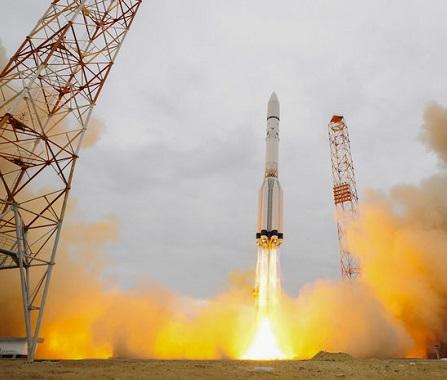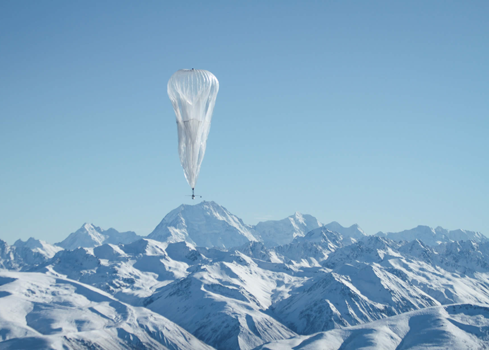ESA's ExoMars Launches On Mission To Red Planet
The joint European-Russian mission to Mars launched successfully, with arrival to the red planet expected in the fall.


Google X Inspired: 8 Moonshots To Watch
Google X Inspired: 8 Moonshots To Watch (Click image for larger view and slideshow.)
The European Space Agency (ESA) successfully launched its joint mission to Mars with Russia, called ExoMars, from the Baikonur Cosmodrome in Kazakhstan on a Russian Proton rocket, marking the start of a seven-month journey to the red planet.
ExoMars consists of two missions. The first contains the Trace Gas Orbiter (TGO) plus an entry, descent, and landing demonstrator module, Schiaparelli, just launched. The second, featuring a rover and surface science platform, will follow in 2018.
ExoMars, which gets its name from the term exobiology, the study of life beyond Earth, will search for evidence of methane and other trace atmospheric gases that could be signatures of active biological or geological processes and to test key technologies in preparation for ESA's contribution to subsequent missions to Mars.
Three days before reaching the atmosphere of Mars, Schiaparelli will be ejected from the orbiter towards the planet, decelerate using aerobraking and a parachute, and then brake with the aid of a thruster system before landing on the surface of the planet.
The four major instruments on the Schiaparelli include AMELIA (Atmospheric Mars Entry and Landing Investigation and Analysis), COMARS+ (Combined Aerothermal and Radiometer Sensors instrumentation package), the DeCa (Descent Camera), INRRI (INstrument for landing-Roving laser Retroreflector Investigations), and DREAMS (the Dust Characterisation, Risk Assessment, and Environment Analyser on the Martian Surface).
Schiaparelli will arrive at Mars during the global dust storm season, and provide new insights into the role of electric forces on dust lifting, the mechanism that initiates dust storms.

Create a culture where technology advances truly empower your business. Attend the Leadership Track at Interop Las Vegas, May 2-6. Register now!
While the science possibilities of Schiaparelli are limited by the absence of long-term power and the fixed amount of space and resources that can be accommodated within the module, the operational window should be enough time to provide the ESA will valuable scientific insights.
Up above, the TGO's successful arrival at Mars would mark the second time that ESA has placed a spacecraft into orbit around the planet. It will detect a range of atmospheric trace gases with an improved accuracy compared to previous measurements.
The scientific mission is expected to begin in December 2017 and run for five years. The orbiter will also be used to relay data for the 2018 rover mission of the ExoMars program until the end of 2022.
According to the ESA, 12 missions, for a total of 17 spacecraft, are now in flight, spanning science, Earth observation, orbiting observatories, and Europe's Galileo and Copernicus programs, while nine new missions are being prepared. (NASA is planning its own 2018 mission.)
In 2016, at least five new missions are expected to be launched, a record for European Space Operations Centre (ESOC), plus two interplanetary highlights in the autumn -- ExoMars's arrival at Mars, and the controlled impact of Rosetta on its comet.
In 2018, the ExoMars rover will be the first mission to combine the capability to move across the surface and to study Mars at depth.
The mission's primary objective is to land the rover at a site with high potential for finding well-preserved organic material, particularly from the very early history of the planet.

About the Author(s)
You May Also Like
How to Amplify DevOps with DevSecOps
May 22, 2024Generative AI: Use Cases and Risks in 2024
May 29, 2024Smart Service Management
June 4, 2024







